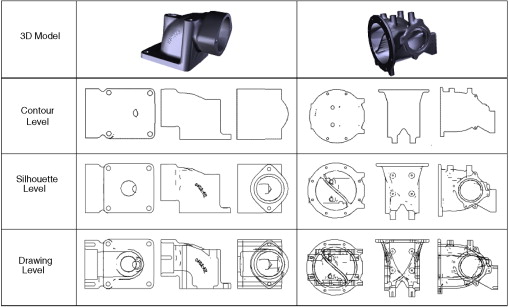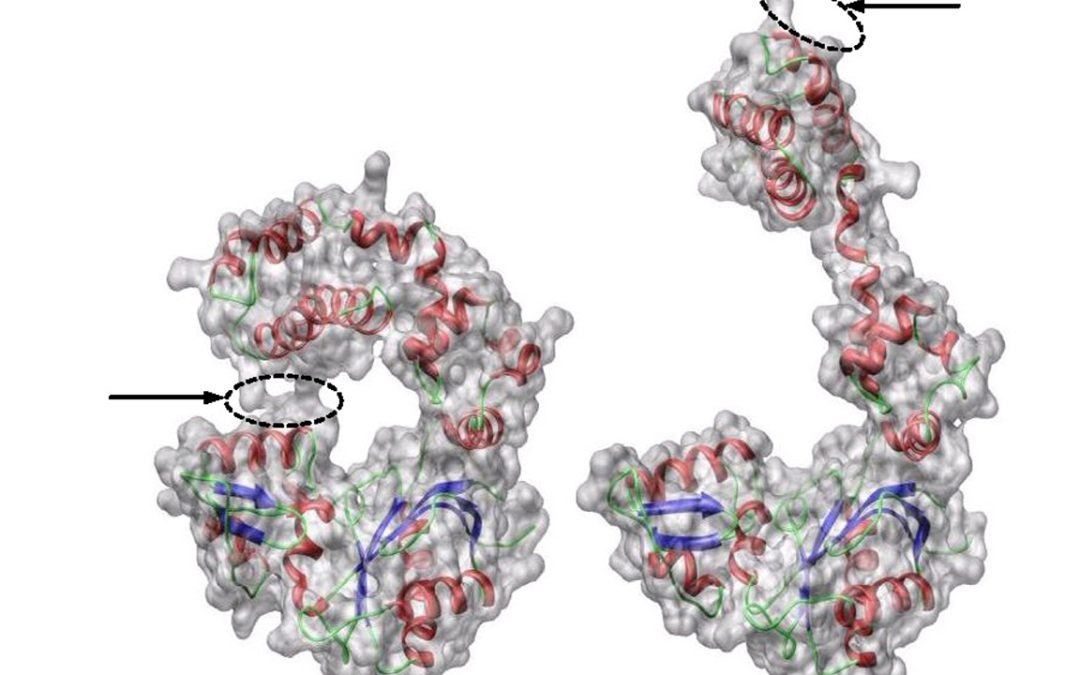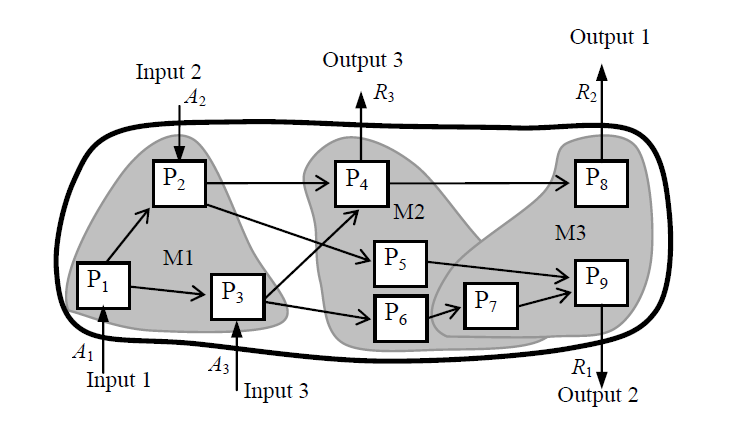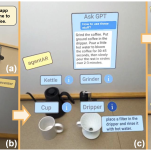
by _not_Exist_ | Dec 16, 2009 | 2009, HUMAN SHAPE INTERACTION, Karthik Ramani, Shape Understanding
Abstract: 3D shape retrieval and clustering is of current interest in several different fields, including mechanical engineering. Several new shape representations for 3D objects are continuing to emerge. Most shape representations are embedded in a variety of feature...

by _not_Exist_ | Oct 16, 2009 | 2009, DESIGN METHOD, Design Representation, Karthik Ramani
Abstract: The issue of environmental sustainability, which is unprecedented in both magnitude and complexity, presents one of the biggest challenges faced by modern society. Engineers, including mechanical engineers, can make significant contribution to the...

by _not_Exist_ | Sep 16, 2009 | 2009, HUMAN SHAPE INTERACTION, Karthik Ramani, Shape Understanding
Abstract A global visibility map is a spherical image built to describe the complete set of global visible view directions for a surface. In this paper, we consider the computation of global visibility maps for regions on the boundary of a polyhedron. Both the...

by _not_Exist_ | Sep 16, 2009 | 2009, HUMAN SHAPE INTERACTION, Karthik Ramani, Shape Understanding
Abstract: Background: Techniques for inferring the functions of the protein by comparing their shape similarity have been receiving a lot of attention. Proteins are functional units and their shape flexibility occupies an essential role in various biological...

by _not_Exist_ | Sep 16, 2009 | 2009, DESIGN METHOD, Design Representation, Karthik Ramani
Abstract: When existing parts are re-used for the development of a new product or business-to-business transactions, a method for searching parts from a part database that is similar to the user’s requirements is necessary. To this end, it is important to...

by _not_Exist_ | Sep 16, 2009 | 2009, DESIGN METHOD, Design Representation, Karthik Ramani
Abstract: The modularity indicates a one-to-one mapping between functional concepts and physical components. It can allow us to generate more product varietiesat lower costs. Functional concepts can be described by precise syntactic structures with functional...










